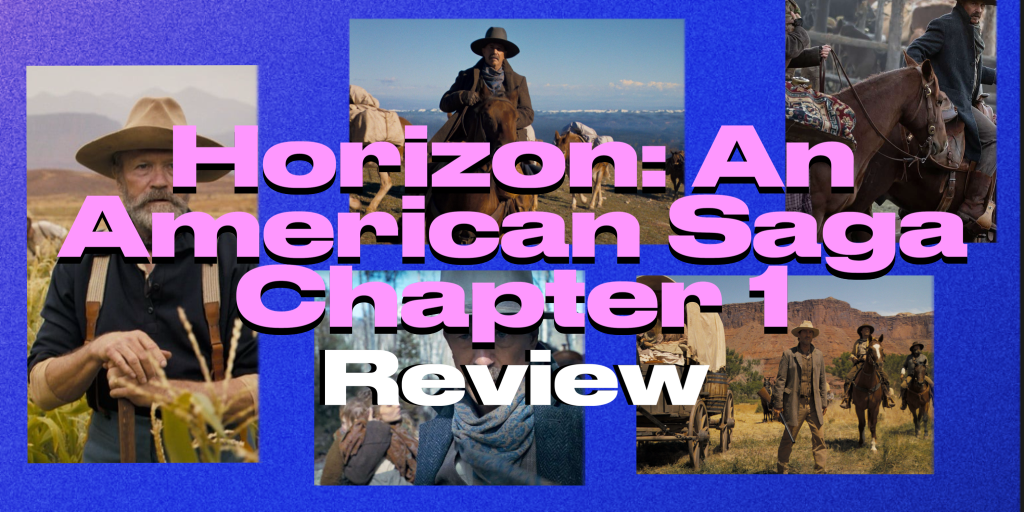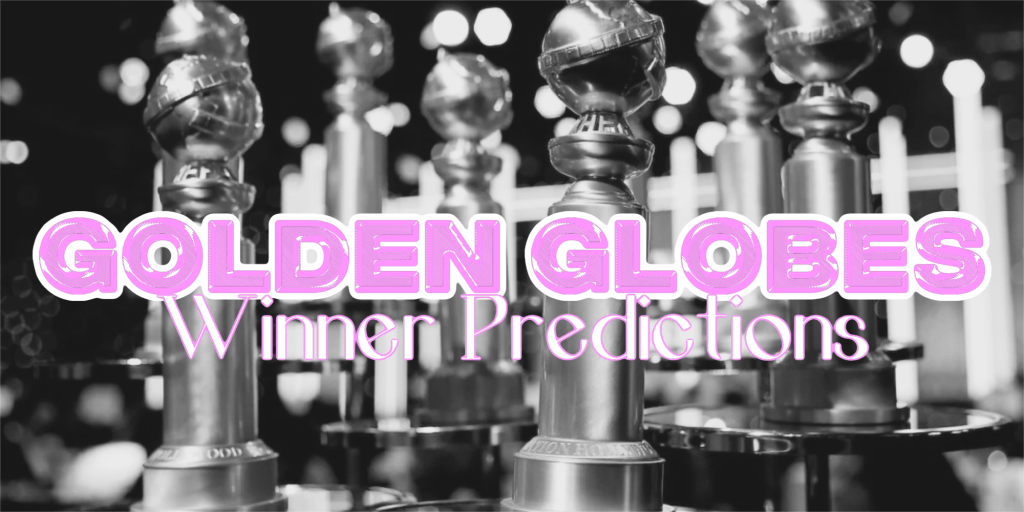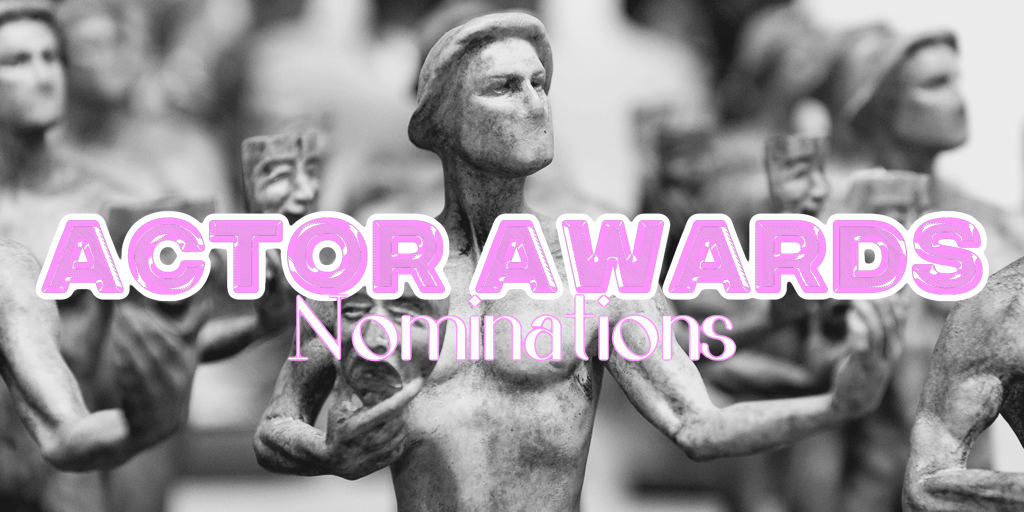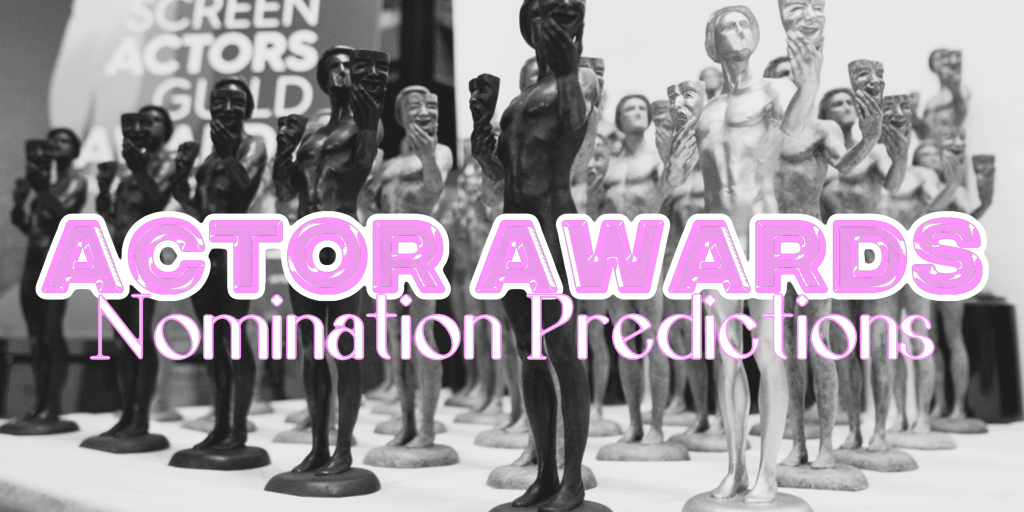Horizon: An American Saga – Chapter 1 is a sprawling callback to American cinema you don’t see any more with its lush landscapes, beautiful score, and giant ensemble. However, the incomplete story and lengthy runtime leave you longing for more plot and less episodic storytelling.
Heading into Kevin Costner’s Horizon: An American Saga – Chapter 1, you know there are more chapters upcoming (with the second installment in August) so audiences know a full, complete story won’t be told on screen, however, the episodic storytelling utilized throughout the film is still a strange thing to get used to. With three (at times feels like four) stories, Costner’s passion project feels disjointed as it’s confusing to tell if the stories are presently related, or the countless characters are aware of one another.
Despite the amazing performances throughout this massive ensemble, the characters are never developed nor given any definitive motivations. While we could see more develop with each character and motivations unfolded in Chapter 2 (or Chapter 3, which is in production now), it feels confusing to try to connect these separate stories in Horizon Chapter 1 that feel so disjointed with characters that just feel like archetypes.
Horizon: An American Saga – Chapter 1 features not just an all-encompassing cast but a grand, sweeping score (John Debney) complementing the sprawling cinematography (J. Michael Muro) that help bring Costner’s big vision to the screen. The beautiful landscapes from snow covered mountains in Montana with the bluest blues you’ve ever seen to the vast Santa Fe Trail pop on screen with beautiful camerawork from both Muro and Costner’s return to the director’s chair. However, the visuals cannot pick up for where the story is lacking. Horizon Chapter 1 is a lengthy film and it’s impossible to argue it should be any longer, but it feels incomplete. By the time the plot picks up, the film is ending with a montage of what is to come next in Horizon Chapter 2. Longform storytelling only works when something doesn’t feel totally incomplete on its own in the medium of film. The story is aching to be tighter, and more character driven which is impossible with the scale of the story attempting to be told.
Of the three stories in Horizon Chapter 1, some characters are fully developed and factor into the story of this first chapter, while other characters are almost a window dressing of sort. Ellen (Jena Malone) shoots who we learn is her partner in Montana and flees with their child to make a new start, leaving his sons Junior (Jon Beavers) and Caleb Sykes (Jamie Campbell Bower) to be on the hunt for her. When Ellen resettles, she finds herself with a new partner. She works with Marigold (Abbey Lee), who ends up caught up in the Sykes brothers’ quest for revenge and is aided by Hays Ellison (Costner, who shows up for the first time in the film over an hour in). The next story follows Frances (Sienna Miller), and her daughter, Lizzie (Georgia MacPhail), who take off with the Union Army, under the care of Lieutenant Trent Gephardt (Sam Worthington), after the rest of their family, and the entire town on a settlement, were slaughtered by Apaches. The slaughter is shown in brutal fashion after the opening sets up Horizon, as a new settlement for white Christians. We see the initial settlers killed by the Natives the land belongs to and a cut to a few years later shows the warning was not heard, the settlers took over the occupied land. The third story, which starts almost two hours in, follows a wagon on the Santa Fe Trail in Kansas led by Matthew (Luke Wilson). There is a fourth story that just is truly abandoned, which will most likely be a large part of Horizon Chapter 2, that follows the Apaches as the tribe is divided between those who see white encroachment as inevitable and the younger generation on wanting to fight to defend what is rightfully theirs. Pionsenay (Owen Crow Shoe), Taklishim (a very underused Tatanka Means), and Liluye (Wasé Chief) make up most of the main Native characters, but the film isn’t very interested in their point of view or story. Hopefully, their story plays a larger part in Horizon Chapter 2, but in this installment, they’re only portrayed as savages with zero time spent on exploring their motivations or concerns.
Horizon: An American Saga – Chapter 1 is a sprawling callback to American cinema you don’t see any more with its lush landscapes, beautiful score, and giant ensemble. However, the incomplete story and lengthy runtime leave you longing for more plot and less episodic storytelling. The upcoming second installment may be better positioned to explore the themes, plots, and characters, but for a three hour film, it would have been nice to have something other than set up.
Grade: C+
Oscars Prospects:
Likely: None
Should be Considered: Best Cinematography, Best Original Score, Best Sound
Release Date: June 28, 2024
Where to Watch: In Theaters

Kenzie Vanunu
she/her @kenzvanunu
Lives in LA. Misses Arclight, loves iced vanilla coffees.
Favorite Director: David Cronenberg
Sign: Capricorn






Leave a comment